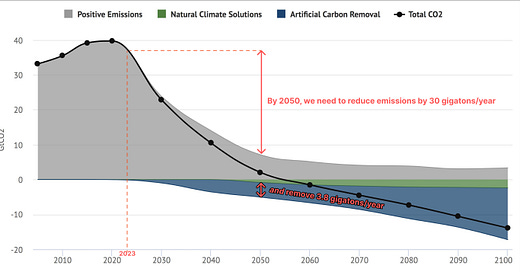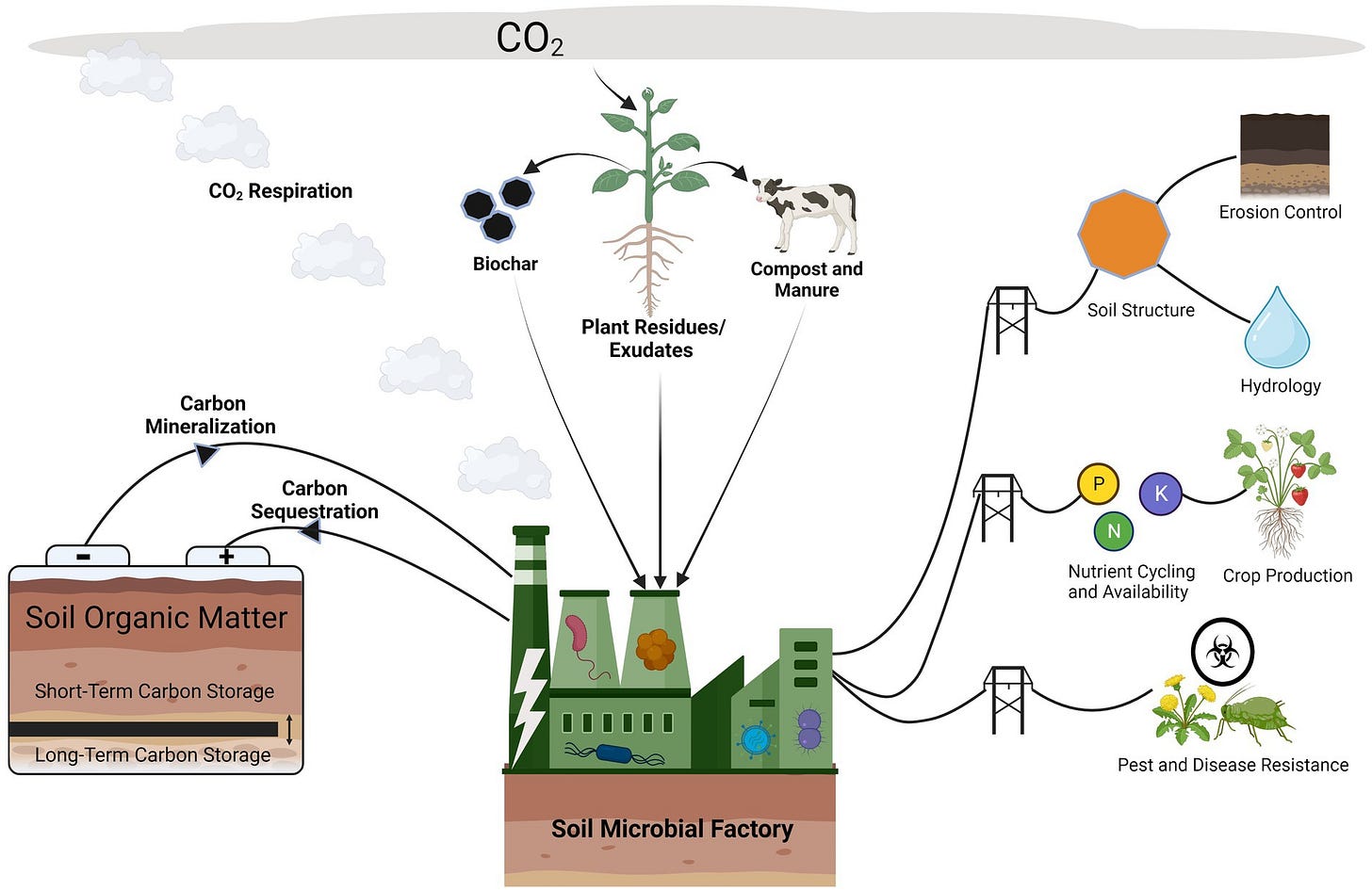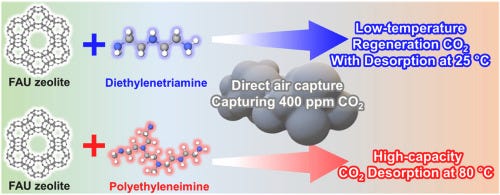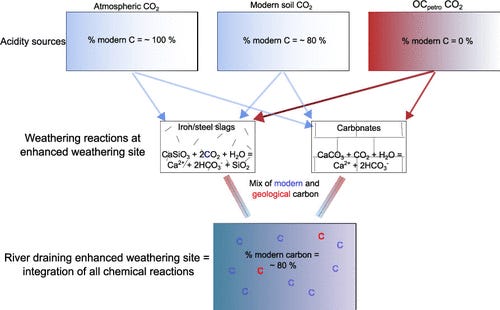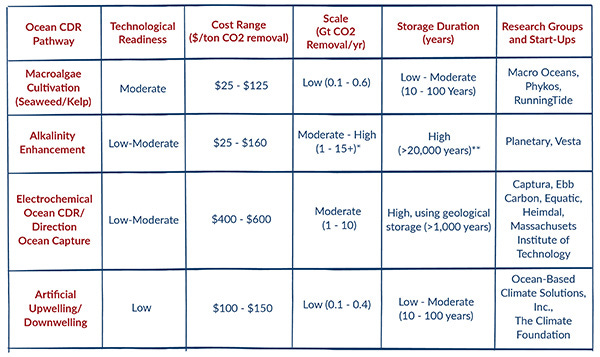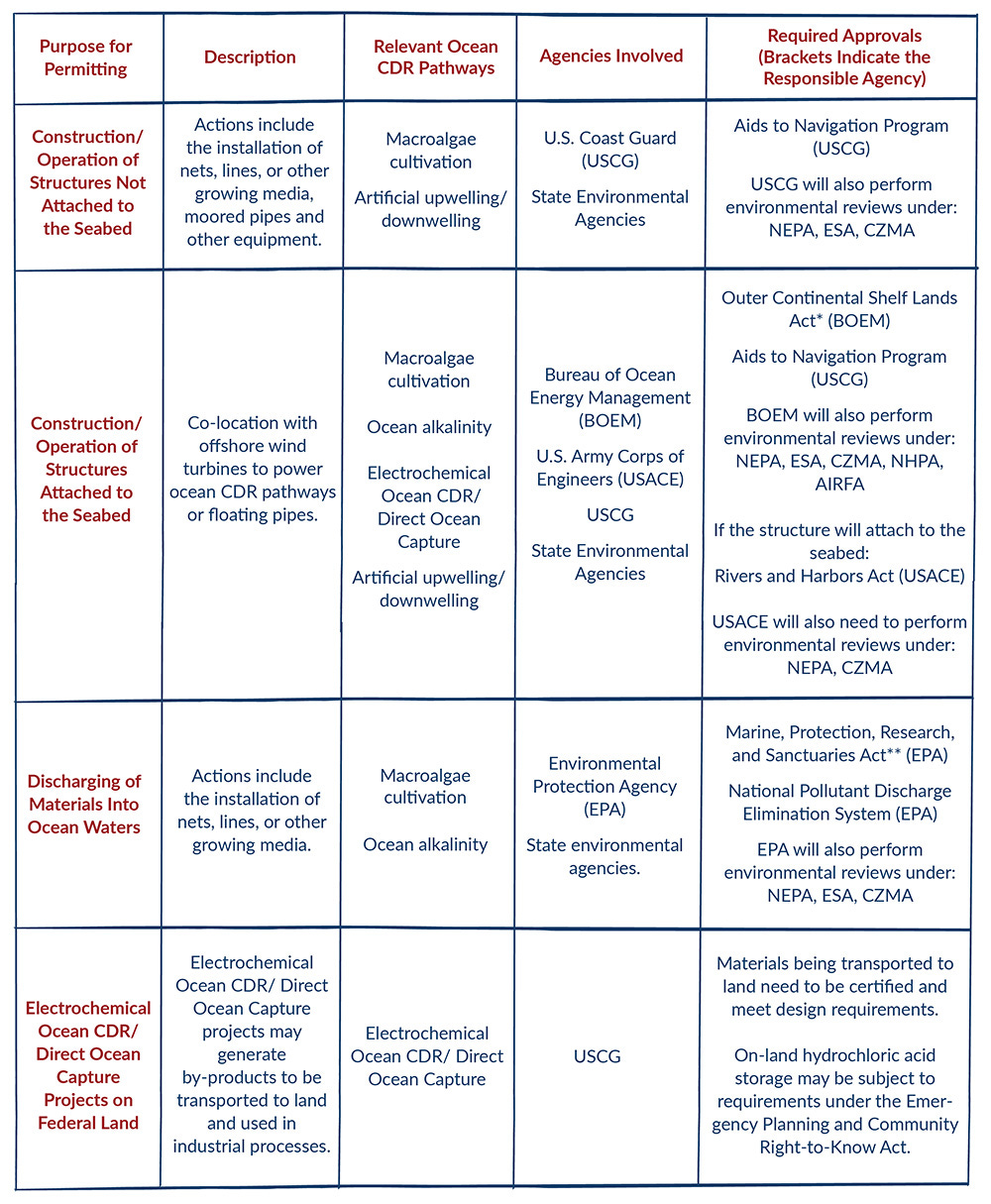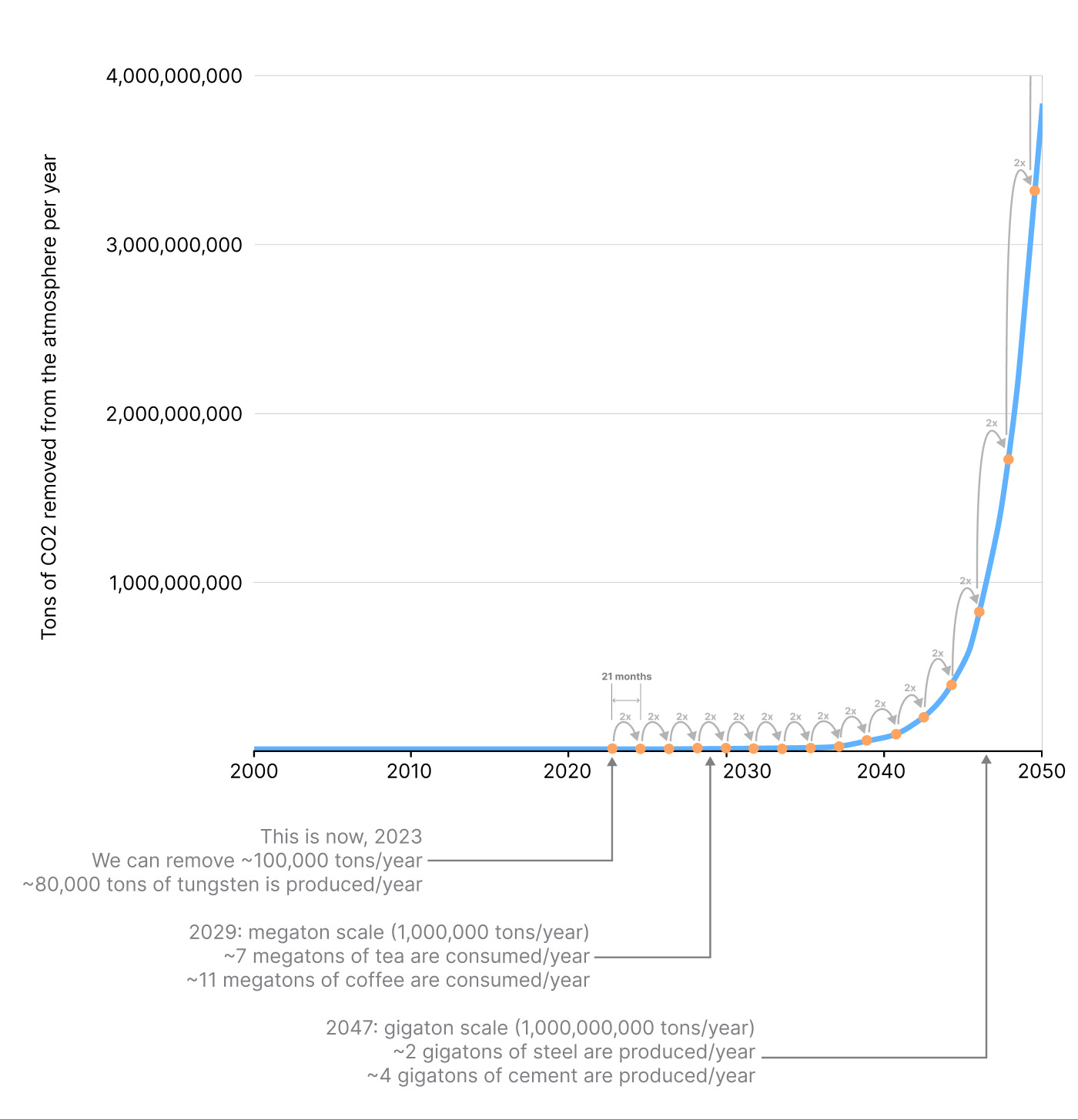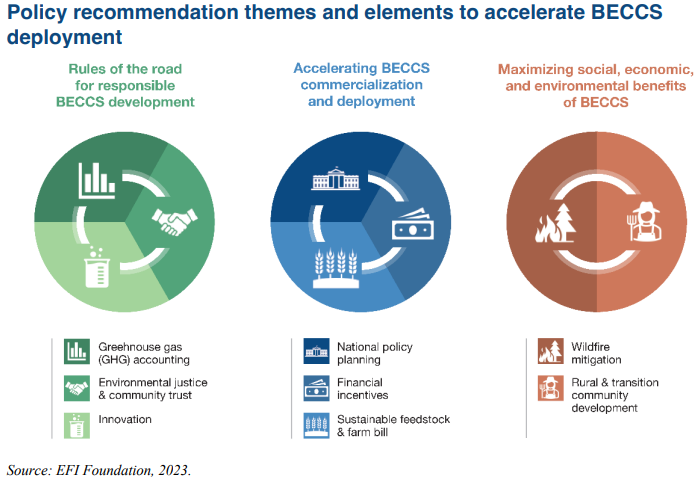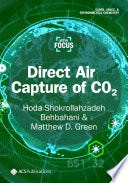Lapis Energy And Denbury Collaborate On Carbon Sequestration Project
Share Carbon Removal Updates
“As part of the multidisciplinary project of the Swiss Center of Excellence on Net-Zero Emissions of the ETH domain, you will assess the quality of various types of pyrolized carbon and test the biological stability in lab and field experiments partly using isotope approaches. You will also evaluate the storage potential and beneficial effect in soils. Furthermore, you will closely collaborate with other projects improving the production of pyrogenic carbon and testing their use in other materials.”
“Plantd are inventing a new way to solve climate change by building a factory of the future that locks away carbon in the production of a new durable building material made from grass instead of trees—called Plantd materials.”
“Pacific Biochar offers carbon dioxide removal with the tangible co-benefits of aiding forest management efforts where our biochar is sourced, and improving soil health where our biochar is applied.”
“Heirloom is on a mission to restore balance to our atmosphere. We are removing 1 billion tons of carbon dioxide by 2035, using natural processes to engineer the world's most cost-effective Direct Air Capture solution.”
“The goal of Carbon Removal Canada is to make Canada a world leader in responsibly scaling up carbon removal to reach net zero and beyond. We are just getting started and are looking for talented individuals committed to our mission.”
“At CTRF our mission is to invest in the power of technology to supercharge natural systems and catalyse further funding, research and solutions. Established in 2020, we are a non-profit philanthropic entity, set up to fund cutting-edge innovation into the application of biotechnology to deliver enhanced, scalable solutions for carbon sequestration.”
“The researchers will be based in Kiel. We are a young and dynamic team with a focus on international and EU climate and environmental policies, analysing in particular challenges related to atmospheric carbon dioxide removal (CDR) to achieve ambitious climate policies. The research contributes to third-party funded projects and involves both, more fundamental and more applied research questions.
The positions require a background in political science and/or environmental economics, addressing CDR in EU climate policy, the UNFCC regulations, and the development of the voluntary market, potentially also including public perceptions of CDR or in dynamic resource modelling, respectively.”
“CDR startups are under pressure from numerous sources including current economic downturns, criticisms from the United Nations about carbon removal methods, and problems within the carbon offset market. Despite these challenges, significant investments continue to flow into the industry. This is largely due to the perception among investors that CDR plays a crucial role in reaching the goal of net-zero emissions.
In this episode our business panel analyze the impacts of three recent significant announcements from CDR startups.
- Charm Industrial has secured a $100 million Series B funding round to further their bio-oil pyrolysis approach.
- Carbon to Sea has successfully obtained $50 million in philanthropic funding to progress their work on ocean alkalinity enhancement.
- Newcomer DAC startup, Holocene, has formed a partnership with the Department of Energy to accelerate their next-generation technology from lab to market.
These developments represent new scientific research supported by philanthropy, fresh cutting-edge technology, and significant funding efforts. Radhika and the business panel unpack what these milestones mean for CDR startups.
Providing expert commentary and analysis on these developments are Na’im Merchant and Susan Su. They lend their expertise to help us understand the potential implications these headlines will have on the future of the CDR sector.”
“What gives biochar its stability? How dependable is its carbon sequestration in soil? How can we optimise its source materials and manufacturing process, to store the maximum amount of carbon? Nikolas Hagemann explains his paper: Permanence of soil applied biochar.”
“Reversing Climate Change presents an enlightening conversation with Kevin Whilden, the co-founder and co-director of Sustainable Surf, where they delve into the captivating world of ocean restoration, the power of storytelling, and the remarkable phenomenon of blue carbon. Join Ross and Siobhan as they navigate the complexities of carbon offsetting, funding pathways for coastal and land-based restoration, and the profound impact of storytelling on driving environmental action.
The spotlight of the discussion falls on blue carbon, which refers to the carbon stored within coastal and marine ecosystems. These ecosystems, encompassing vital habitats such as seaweed, mangroves, and seagrasses, exhibit extraordinary carbon sequestration capabilities, often surpassing their land-based counterparts. The significance of these blue carbon ecosystems lies not only in their capacity to store carbon but also in their vital role in supporting biodiversity and protecting coastal communities from climate-related hazards.
Kevin Whilden emphasizes the deep-rooted connection humans have with the ocean and highlights how this connection can serve as a powerful catalyst for inspiring environmental action. By fostering a sense of affection and appreciation for the ocean, individuals are more likely to engage in efforts aimed at its restoration and protection.
In addition to exploring blue carbon, the conversation delves into the funding mechanisms and pathways available for coastal restoration projects, shedding light on the role and history of carbon markets. Furthermore, the episode provides insights into the non-profit nature of SeaTrees and their collaborative efforts with the Scripps Institution of Oceanography to refine the measurement of Blue Carbon Projects.
Discover how you can actively participate in SeaTrees' initiatives and contribute to the restoration of our ocean ecosystems. By listening to this episode, you will gain a deeper understanding of the importance of blue carbon, the role of storytelling in driving action, and the opportunities available to support SeaTrees' work.”
“On this episode we welcome a thought leader in free-market environmental policy - Todd Myers, the Director of the Center for the Environment at the Washington Policy Center. His 2022 book, “Time to Think Small: How nimble environmental technologies can solve the planet’s biggest problems,” sheds light on how compact, innovative technologies are giving individuals the power to safeguard endangered wildlife, cut back on CO2 emissions, and combat the issue of ocean plastic.
With his extensive background in environmental policy and public relations, Todd offers a unique perspective on the interplay between the marketplace and environmental action. "Todd's insights are set to provide a clear understanding of the political and social dynamics facing advocates of carbon removal in the environmental landscape."
Just last month, a landmark decision in Washington State made headlines as it became the first in the U.S. to pass its capital budget with funding specifically allocated for carbon dioxide removal, or CDR. This move is groundbreaking as it goes beyond just CO2, marking the first time a U.S. state has endorsed investments into technologies designed to actively remove a full spectrum of greenhouse gases, including methane and nitrous oxide, from our atmosphere.
The state will distribute these funds—totaling $12 million—as grants. Businesses, academic institutions, and non-profit organizations can apply, leveraging this opportunity to further their research, development, and demonstration projects focused on carbon and greenhouse gas removal. This decision is a timely one.
Todd and Radhika talk about his work on environmental policy, its applications to carbon removal, and the recent news from Washington State.”
“In this episode of Carbon Removal Africa host and OpenAir member Oriola Odutoye (Nigeria) sits down with Bilha Ndirangu, CEO of Great Carbon Valley (GCV), to discuss the company's turn-key development model for CDR in East Africa. Bilha shares an overview of GCV's mission, progress and goals, and the two discuss the broader subject of Africa's potential global leadership position in the CDR space, and the unique advantages that the continent brings to the table.”
“'We can get this done, we just need to scale it.'
Climeworks CFO Andreas Aepli joined us at Nasdaq MarketSite to discuss the carbon removal industry and recent innovations in the sector.”
“While CO2 removal is often presented as a "silver bullet," current technology leaves much to be desired, and even its ideal implementation fails to solve some of climate change's impacts. Even so, many approaches are showing some progress, and solutions-minded journalists can cover the balance between what's possible and what's happening while leaving audiences engaged rather than hopeless.
In the (animated!) highlights from the second session of our Climate Primers series, Vanessa Suarez (Carbon 180), Paul West (Project Drawdown), Emily Pontecorvo (Grist), and host Aman Ahzar (Inside Climate News) explore what it means to cover carbon dioxide removal honestly — without buying into hype.”
“New technology developed by Rice University engineers could lower the cost of capturing carbon dioxide from all types of emissions, a potential game-changer for both industries looking to adapt to evolving greenhouse gas standards and for the emergent energy-transition economy.
According to a study published in Nature, the system from the lab of chemical and biomolecular engineer Haotian Wang can directly remove carbon dioxide from sources ranging from flue gas to the atmosphere by using electricity to induce a water-and-oxygen-based electrochemical reaction. This technological feat could turn direct air capture from fringe industry ⎯ there are only 18 plants currently in operation worldwide ⎯ into a promising front for climate change mitigation.
Most carbon-capture systems involve a two-step process: First, high-pH liquids are used to separate the carbon dioxide, which is acidic, from mixed-gas streams such as flue gas. Next, the carbon dioxide is regenerated from the solution through heating or by injecting a low-pH liquid.
“Once the carbon dioxide is trapped in these solvents, you have to regenerate it,” Wang said.
“Traditional amine scrubbing methods require temperatures of 100-200 degrees Celsius (212-392 Fahrenheit). For calcium carbonate-based processes you need temperatures as high as 900 Celsius (1652 Fahrenheit).”
“Over 6,000 everyday products are made with oil and gas. We can drastically reduce the emissions from making these items by trapping and reusing the carbon dioxide released in those processes. Learn more about why this is an important step in fighting the climate crisis.”
“Get ready to dive into the research being done by Basico, a research team from the University of Miami Rosenstiel School of Marine, Atmospheric, and Earth Science. In light of the escalating challenge of climate change, our oceans are experiencing alarming acidification, posing a significant threat to delicate ecosystems, including phytoplankton, whales, and coral reefs. Basico has developed a plan to address this issue head-on.
Basico's approach revolves around "alkalization," a transformative process aimed at restoring the natural balance in our oceans. By strategically introducing magnesium hydroxide, they seek to counteract acidity and create a more favorable pH environment. This, in turn, enhances the oceans' capacity to absorb higher amounts of carbon dioxide, the primary greenhouse gas driving climate change. Notably, Basico's experiments involving coral reefs have yielded promising results, demonstrating no adverse effects from the alkalizing agent.
Join us as we delve into the vast potential of alkalization in empowering our oceans to combat the pressing challenges of the climate crisis. The critical question remains: to what extent can our alkalized seas absorb carbon dioxide? Basico is also spearheading the development of a pioneering model intended to establish an international standard for measuring carbon capture in the ocean. This ambitious undertaking holds significant implications for global climate efforts.
“Vesta turns shorelines into carbon-removing powerhouses with sand made of the mineral olivine.”
“In this episode of This Is CDR we are pleased to welcome Arbor CEO Brad Hartwig and CTO Andrés García-Clark to present and discuss the company's novel, compact, and modular BiCRS process.”
Share Carbon Removal Updates
Leave a comment

